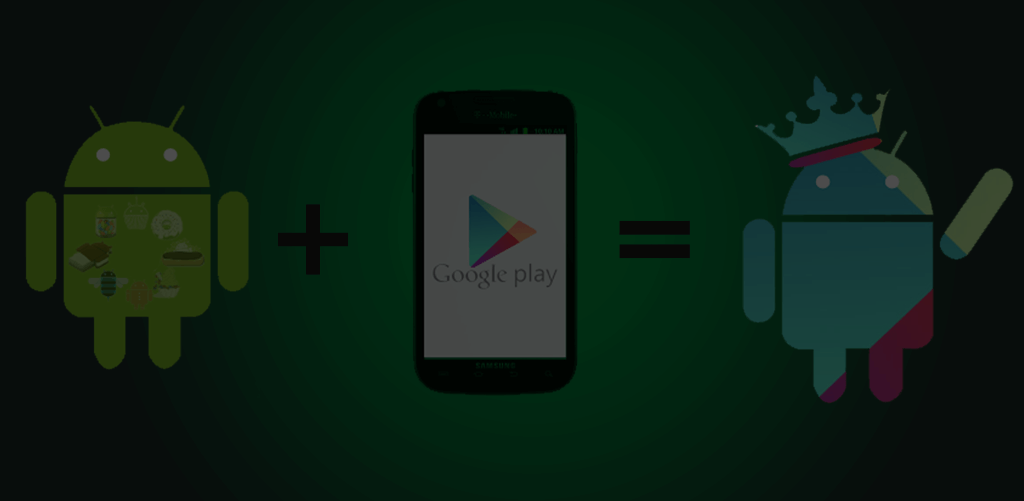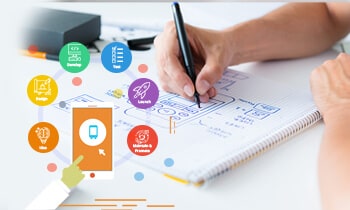Go to any app store, and thousands of apps will swamp you on offer – there are apps for almost everything, and they are transforming the way we perform many of our routine activities. There’s hardly any field untouched by apps. One of the fields where mobile apps are can play a transformational role is in medical diagnosis. They have the potential to make healthcare diagnosis and assessment much more accessible and affordable, especially in the remote and underprivileged areas of the world.
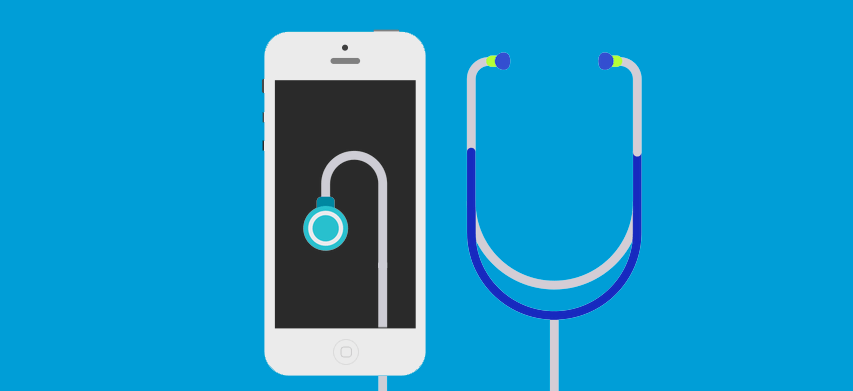
What Is a Medical Diagnosis App?
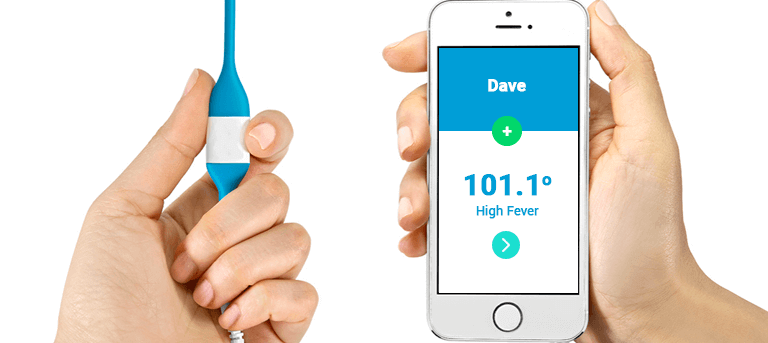
Medical diagnosis refers to the interpretation of the symptoms experienced by an individual to determine the possible illness they may have. A diagnostic app aims to do just that: you enter the symptoms you’re experiencing – say high temperature, pain, nausea, etc., and it will make use of intelligent algorithms, AI, and machine learning to identify your possible health condition almost instantaneously! Some apps even suggest treatments, like the kind of diet you need to follow, specific exercises or rest needed, and so on. This is technology working to put affordable and accessible healthcare in your hands.
Smartphones: The Perfect Portable Diagnostics Tool
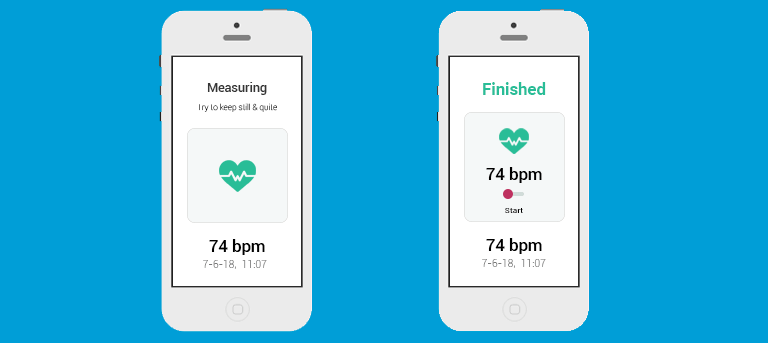
Chief Evangelist of Brand Marketing at Google, Gopi Kallayil, says that though the normal human body has 78 organs, for the Smartphone-wielding population, that number is 79 – with the Smartphone being the 79th. Isn’t that true? We carry our smartphones everywhere we go – to work, parties, family get-togethers, the movies, the beach, and some of us, even to the toilet! The Smartphone is a virtual extension of our self. Just like the tagline used by American Express, we ‘Never Leave Home Without It’. And the ‘we’ is an estimated 5 billion people worldwide – that’s a whopping number by any standards.
Smartphones are becoming increasingly powerful and user-friendly, and are packed with numerous sensors, extending their potential applications; the emergence of Artificial Intelligence and cloud computing has significantly amplified this potential. Today they simplify a plethora of routine tasks with the help of different apps; shopping, dining, travel planning, payments and a whole lot more. It only makes sense, therefore to have apps that will also help us in healthcare.
Smartphones, today, have evolved tremendously from the time they were first introduced; they can respond to your voice, read your heartbeat and fingerprints, help you control other devices and appliances, and a whole lot more. Initial healthcare apps were simpler, like helping you maintain a record of your blood pressure readings, reminding you to drink water or take your meds, recommending your daily calorie intake based on your current and target weight, and the like.
But the diagnostic apps of today are way more sophisticated, they throw up pretty accurate diagnoses based on the symptoms you enter – in fact, you can say, it’s like a virtual doctor app!
Many diseases have the same or similar symptoms, and no two people always have the same symptoms of the same disease; there are over 10,000 known diseases. This means the app needs to be smart with a sophisticated algorithm to provide the user with the right, or at the very least, the closest diagnosis; not an easy task by far. You may be surprised to know that healthcare providers also use some medical diagnosis apps. Medscape is an example of such an app. Often doctors, nurses, and technicians refer to the apps to confirm or double-check the diagnosis, or to learn about latest treatment options.
Benefits of Mobile Diagnostics Apps
![]()
- Inexpensive And Instant Point-of-Care
Being portable, smartphone-based diagnostic tools and apps can be taken to where the patient is rather than getting the patient to a lab. This is extremely valuable in remote areas where access to quality healthcare is a major problem. Often, simple, inexpensive attachments can provide accurate diagnoses comparable to conventional tools that are usually expensive, and time-consuming too.
The best example of this is the CD4 counter developed by the Brigham and Women’s Hospital (BWH) research team. This device integrates micro-fabrication and the versatility and high computing power of smartphones to test for HIV. It requires fitting an optical Smartphone attachment and a microfluidic device – both of which can be manufactured for less than $10. Its results are comparable to the globally accepted flow cytometry test. It is portable, affordable, eliminates the need for refrigeration, or power outlets, it is highly promising for use in developing regions of the world with a high incidence of HIV cases, like sub-Saharan Africa, where quality healthcare is sadly still inaccessible or unaffordable.
- Decentralization of Healthcare
Efficient, affordable and simple point-of-care diagnostic tools help decentralization of healthcare and have the potential to revolutionize patient screening. It can help overcome the limitations presented by lack of sufficient number of professionals or inadequate equipment.
- Saves Time
You can get instant results by checking your symptoms in a medical diagnosis app. By showing your doctor the analysis generated by your app, you can eliminate the time spent in trial-and-error diagnosing. You can also get a good idea of the tests you may need to confirm the diagnosis. This way, you can begin treatment sooner and recover quickly.
- Increased Diagnostic Accuracy
Medical diagnosis apps work in different ways; this is made possible because of the computing power, built-in cameras with dedicated software and sensors, and portability supported by smartphones.
One obvious use is what we have been talking about – apps that ask you for your symptoms and then provide you with a quick diagnosis. But smartphones are capable of being integrated with, to actually perform diagnostic tests, with a surprisingly high level of accuracy, and reduced costs.
- Real-time data transmission and public health
Now patients can use diagnosis app to monitor their sugar levels or blood pressure and transmit this data to their healthcare providers in real-time. This allows them to maintain a regular record of their patients’ health without much effort, and to detect anomalies or deviations. It can also be used as a tool of public health records, to slow down or minimize the spread of pandemics.
- Testing arterial blood flow in wrists
A study conducted by the University of Ottawa Heart Institute suggests that Smartphone technology may be more accurate than the conventional physical exam to evaluate the arterial blood flow in the wrists, used primarily patients who need angioplasty. The color Doppler ultrasonography is the best, but it’s expensive, and certainly not portable.
- Antenatal STD screening
Detecting sexually transmitted diseases in pregnant women in the first trimester can help in reversing the possible damage caused to the health of both the unborn babies and mothers. Again, such incidents are more common in the places where the testing facilities are scarce – developing countries. At the University of Columbia, researchers in the Sia Lab developed a dongle which when attached to a Smartphone, could detect STDs like syphilis and AIDS in 15 minutes. Portable, simple, and loaded with reagents, along with a user-friendly app that helped read the results easily makes it a powerful tool in the hands of healthcare workers with no prior experience with conventional diagnostic tools.
Numerous devices compatible with smartphones have helped ease diagnostic workflows, minimizing dependence on infrastructure; they also provide point-of-care diagnostics, which is invaluable when rapid results are of the essence. Devices like the D4 assay for HIV testing, the TRI analyzer, a spectral analyzer (developed by Prof. Brian Cunningham and his team at the University of Illinois at Urbana-Champaign) that can perform assays like food safety, animal health, and environmental monitoring for medical diagnosis, are examples of the integration of the sensors, cameras, and computing power of Smartphones with specific low-cost attachments to create powerful mobile diagnostic tools. These devices are safe for use by patients and healthcare workers, and require no technical expertise; often a simple manual suffices, or a short training session.
The Rise of AI Powered Apps
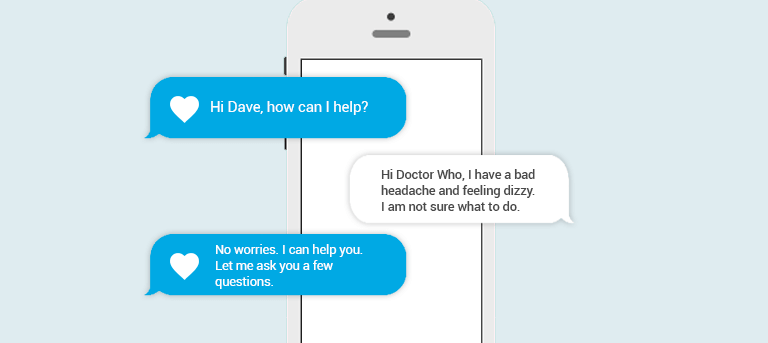
The role of artificial intelligence in medical diagnosis has grown tremendously with time. It has already been helping physicians in making diagnoses; computer-aided interpretation of X-Rays, MRIs, ultrasound images, analyzing heart sounds, managing meds, predicting HIV progression, etc.
Today’s smartphone user is tech-savvy and more demanding than ever, and craves immensely personalized experiences. An AI diagnosis app utilizes machine learning (ability to learn without specific programs) algorithms to become more user-aware. Thanks to AI, data from smartphones can be leveraged to gain vital insights about user habits like their activities, diet, sleep cycles, and so on. These insights are further used to adapt the app to the user’s behavior. It’s the personalization that is the crucial factor behind the rise of such apps.
There are apps that chat with you, asking for symptoms and patient details, and even for related symptoms as a multiple-choice question – making the process seamless and effectively simple. It is also very interactive, making it seem rather like talking to one’s physician, and not a machine. Examples of such apps are Ada, Human Dx, Symptomate, and Baidu’s Melody.
AI-powered apps also make use of crowdsourcing to collate knowledge from healthcare professionals across the world, providing the user with accurate results.
What the Future Holds For Smartphone-Based Diagnosis?
Mobile diagnostic apps hold the potential to impact the future of medical diagnosis considerably, as smartphone-based imaging and sensing platforms are continually evolving.
There is no doubt that the usage and popularity of virtual doctor apps are all set to soar; people are already making fewer visits to the doctor. Of course, self-diagnosis presents its own pitfalls like sometimes undermining the importance of an actual doctor, yet the rising costs of medical insurance and treatments are reasons enough for people to choose that path.
We are likely to see a greater proliferation of point-of-care diagnostic tools in remote and economically underdeveloped regions in the world.
As we see it, AI diagnosis apps could enhance the cooperation between patients and doctors. While empowering patients at the same time by giving them more control, apps also help the patient with the recovery process.
Rather than running to the doctor every time you sneeze or run a temperature, you can now check your symptoms in an app – this means such apps will save patients a lot of time and money.
A recently conducted survey revealed that 42% of the doctors interviewed believed that their patients could benefit from diagnostic apps – a significant number. The apps could well help doctors improve their own effectiveness, enhance communications, and aid in better record maintenance.
We may see more mobile apps which require attachments, like the CD4 counter earlier – say for regular blood tests, turning your phone into a portable lab.
The apps may revolutionize or completely transform physical examinations, including for lung function, visualizing the carotid, visual acuity reading and more.
The number of diseases these apps can diagnose may skyrocket.
Word For Medical Diagnostic App Developers and Researchers
Developing diagnostics based on smartphones have their own set of challenges – not the least being the rate at which the technology becomes obsolete, making future proofing a tough nut to crack.
Ensuring consistent performance and compatibility with different platforms and types of smartphones and designs is another huge challenge.
There is also the issue of regulation by FDA and other authorities. Any medical device needs to meet stringent requirements for it to be released in the market – and this process can take years. Sometimes, the app can get lost in the transition.
Already, a huge number of apps have been released, and we can expect many more; this means developers will have to bring their A-game to the table to create apps that are more engaging and accurate to beat the competition.
Medical diagnosis apps are not meant to replace doctors, rather it’s there to make their jobs easier. Treatment and medication should be decided only on consultation with physicians.
Author's Bio

Shailendra Sinhasane (Shail) is the co-founder and CEO of Mobisoft Infotech. He has been focused on cloud solutions, mobile strategy, cross-platform development, IoT innovations and advising healthcare startups in building scalable products.
